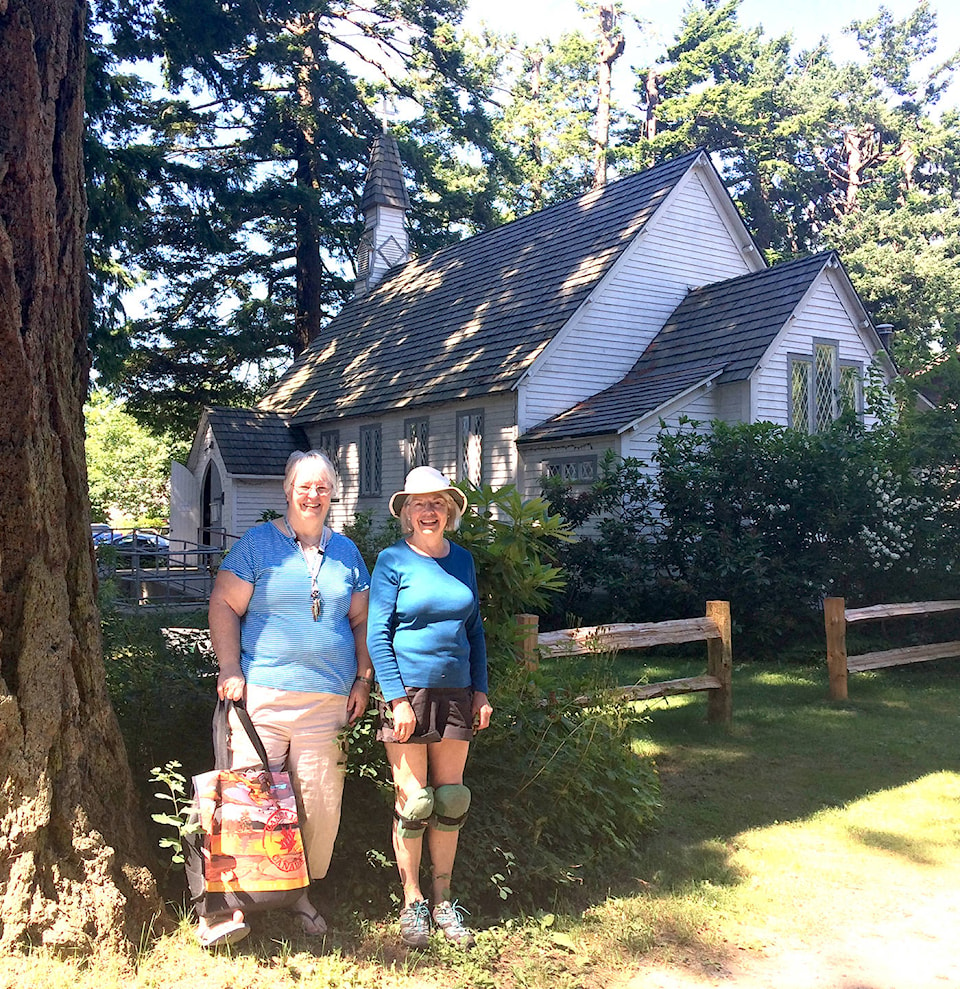Sometime soon, residents of Hope will be able to walk along a new road, with a new name.
The laneway behind the Christ Church Anglican and National Historic Site is about to be renamed and properly paved, as part of a rebuilding of a neighbouring property. And it will be named after one of Hope’s historic religious figures.
The laneway runs from Park Street to Douglas Street, and is currently not much more than a dirt path that offers access to a handful of homes. But with a demolition plan for one of those residential lots means the area will be completely redeveloped. It was a perfect time to look at naming the laneway, says Bev Kreller, the People’s Warden at the church site.
The name they’ve chosen is Pringle Lane.
The Reverend Alexander St. David Francis Pringle was the church’s first vicar. The Cambridge graduate arrived here in 1859. The church states that within a year of his arrival he had established the first library on the mainland. Then, he set about raising money to build what is now the Christ Church.
Pringle was even known to roll up his sleeves and help with the hard labour from time to time.
On July 9, 1861, Rev. George Hills, the first Bishop of the new colony of British Columbia laid the first cornerstone. On Nov. 8, 1861 Bishop Hills returned to consecrate the church. It would still be six more years before the Dominion of Canada was created in the east, and then four more years before this province joined the confederation, in 1871.
The District of Hope enthusiastically supported the idea of naming the laneway at a recent council meeting. In a letter written to the church and Kreller, Mayor Wilfried Vicktor formally announced their intentions to do so, unanimously.
“The Church and National Historic Site are very important features for Hope and we sincerely appreciate all the hard work that continues to maintain the legacy and preservation of this landmark, now and for future,” Vicktor wrote.
That letter now has been saved in the historic site’s files, archived for future generations to understand the reasoning behind the name.
The laneway change is just one of the improvements in and around the historic site this year. A month ago, the volunteers at the church built hitching post fences on its outskirts, as they would have been seen in earlier eras when people arrived at church on horseback.
They also put in benches recently, and have plans to change their garden space. Next year, after the dust has settled from the redevelopment next door, they’ll set out on the large task of painting the church’s exterior.
Besides being one of Hope’s oldest historic sites, the church is one of provincial historical interest. James Douglas, B.C.’s first governor, attended services there. Edgar Dewdney was married there in 1864, after building the Gold Rush Trail.
Christ Church is considered the legacy of Reverend A.D. Pringle, who had famously ministered along the banks of the Fraser River in Fort Hope.
Christ Church, at 681 Fraser Ave., is the longest continuously operated church on B.C.’s mainland.
What do you think? Email us at news@hopestandard.com
